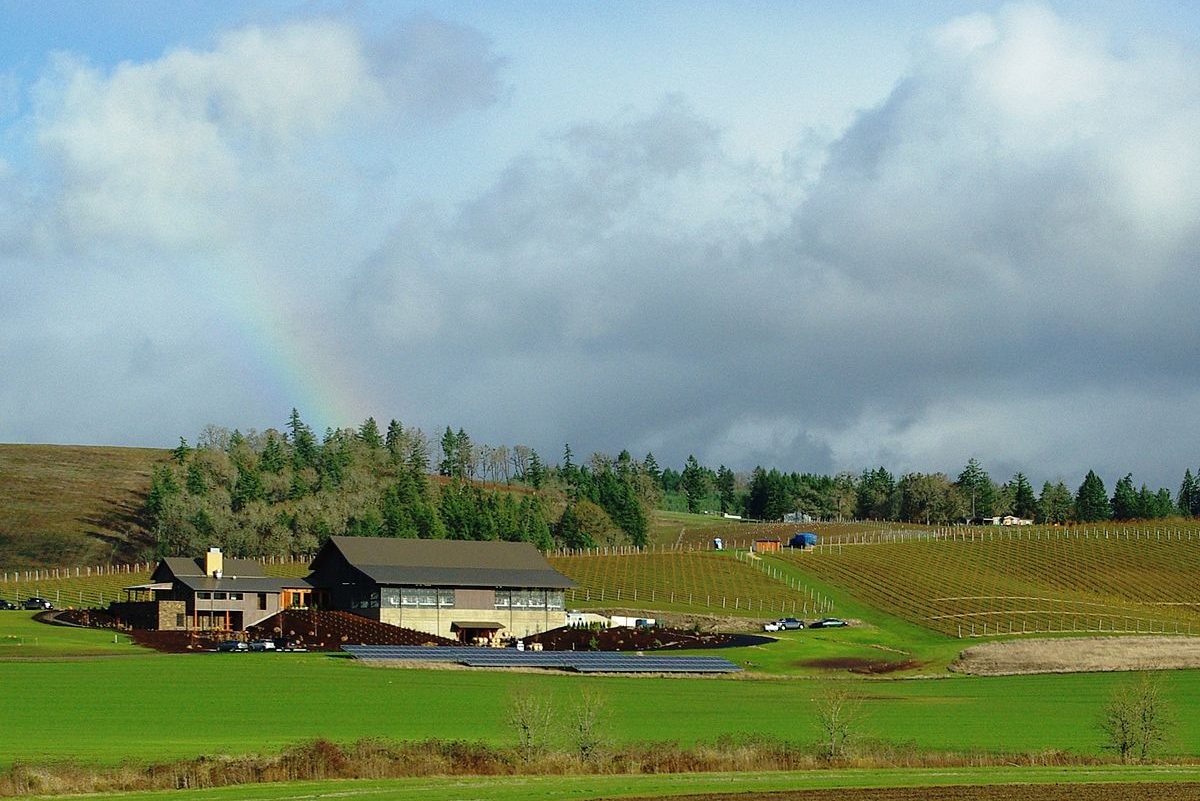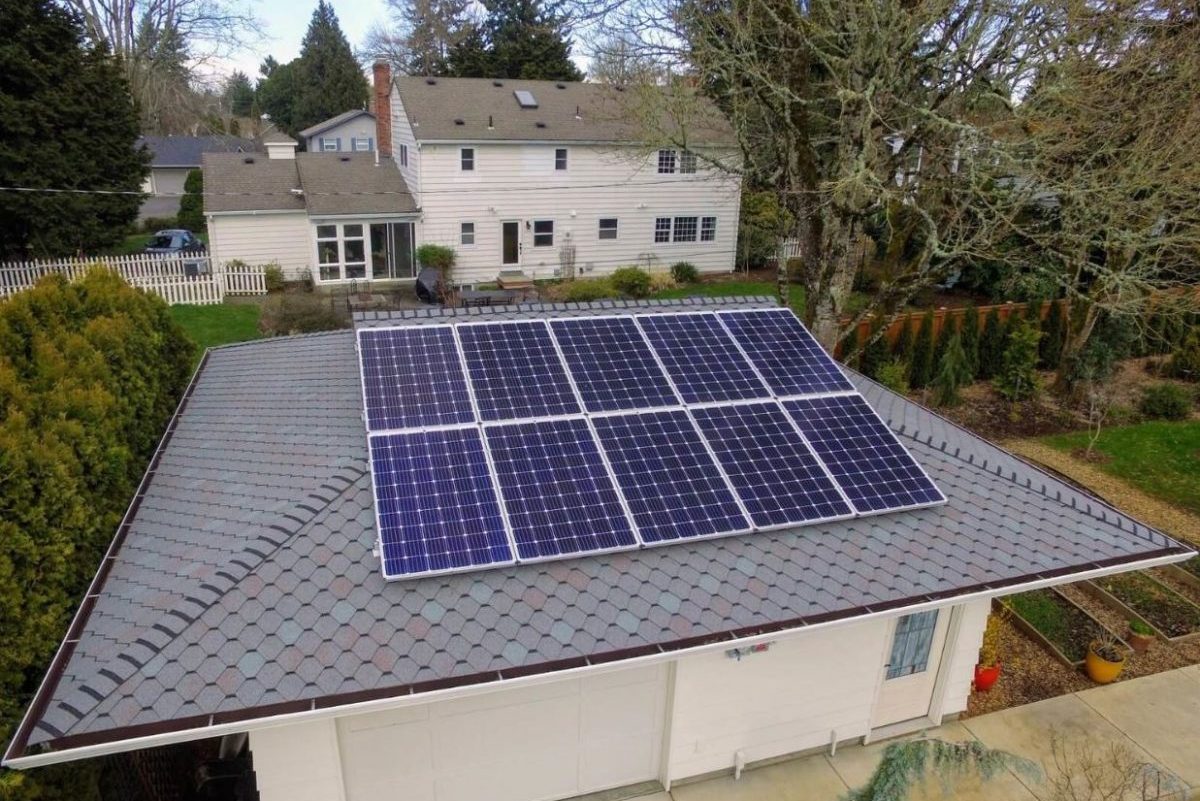In 2019, the total solar energy capacity was 592 MW; the number of facilities was more than 18,000 for commercial and residential. In 2018, the total generation was 776,000 MWh; the in-state consumption was 680,499 MWh; total exports were 95,501.
Solar energy refers to the heat and light energy generated by the sun. Solar solutions use this energy to generate electricity, heat water and space, and more. It is renewable since it is energy that the sun continually provides and replaces. PV (Photovoltaic) cells are a commonly used technology for producing electricity coming from the sun. These PV cells draw in photons from light and convert the energy to electricity.

PV cells come together in panels for ground-mounted and rooftop installations. The standard panel has a capacity ranging from 200 to 400-watt. Combining panels construct solar arrays, with an electrical power starting from one kilowatt to megawatts or even more.
In 2018, residential, commercial, and utility-scale solar produced about 1.2% or 776,000 of all electrical power produced in Oregon. Oregonians consumed about 680.500 MWh, which is equal to 1.3% of the electricity used in Oregon. From 2015 to 2019, solar energy in Oregon grew five-fold. Moreover, installed capacity increased from 91 MW to over 500 MW, and production grew from 116,000 MWh to more than 700,000 MWh.
During the said period, commercial and residential progressed at a steady rate. Nevertheless, most growth was from utility-scale facilities, which accounted for 79% of solar production or generation.



